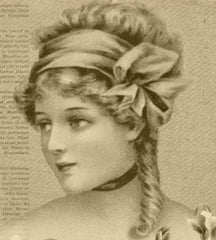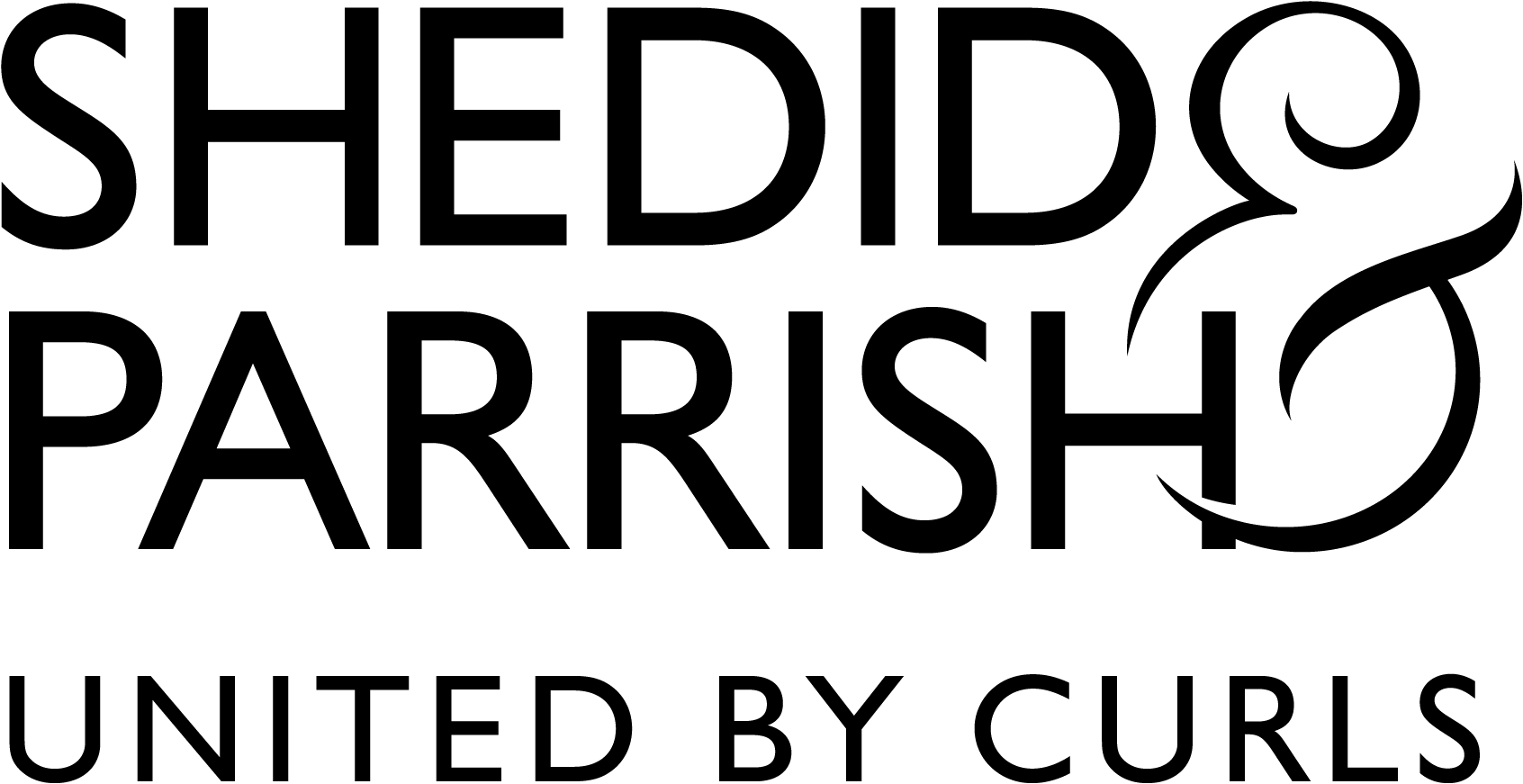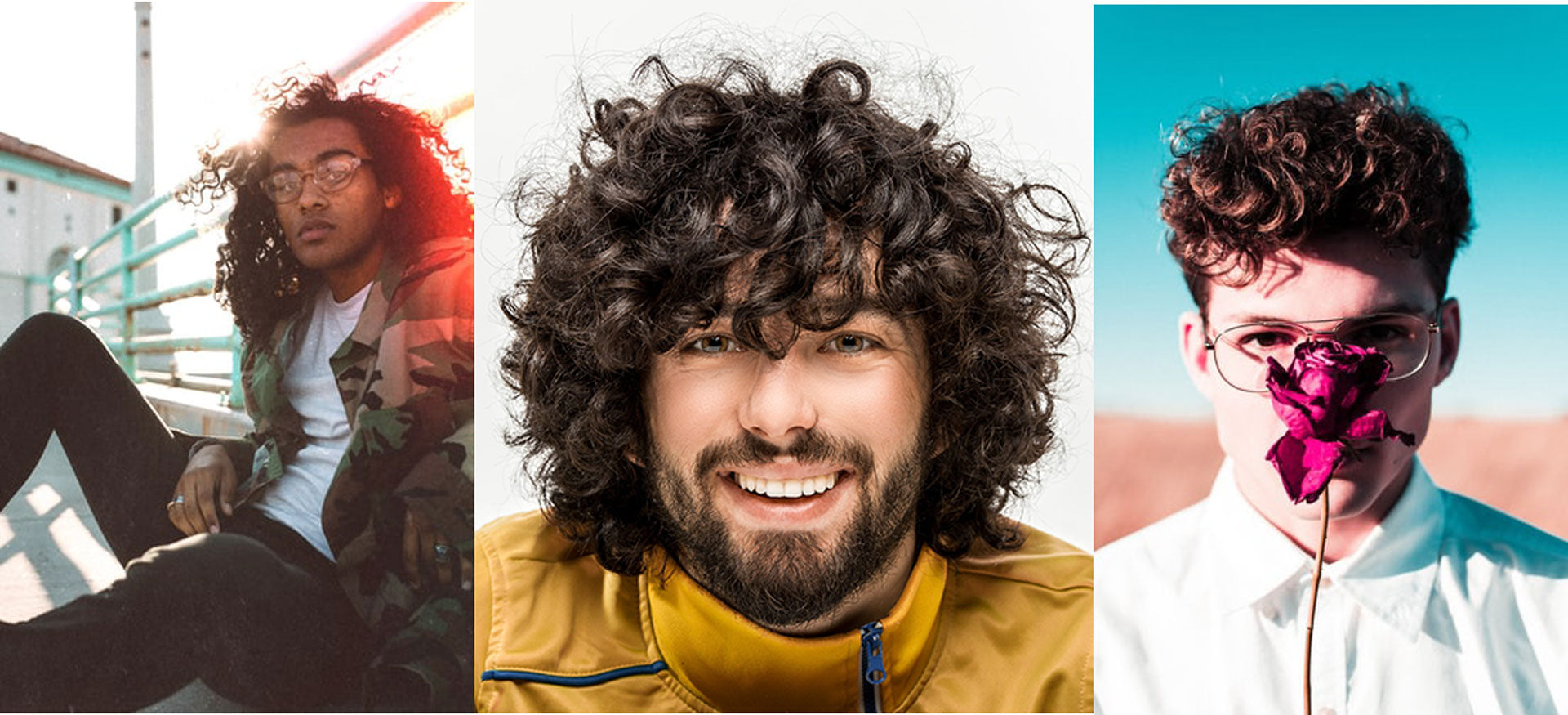The History of Curls: Hygiene, Insecurities and Our Quest to Be Beautiful
When we say that curly hair is not just a look, it’s a way of life, we mean it. It’s something us here at Shedid & Parrish think about, talk about and even dream about constantly! And we’re sure we’re not alone. After the latest lockdown, booking a hair appointment was the top priority for many of us. Which got us thinking. Have we always been this obsessed with our tresses? And if not, when and why did this start? We made it our mission to find out.
We love meeting anyone who lives, breathes and celebrates everything there is to love, not just about curls, but hair itself as much as us. So having the opportunity to chat with hair historian Rachael Gibson was a real pleasure. Not only did we hear about the fascinating history of curls, we also learnt that our desire to fit in, follow fashion and ‘look good’ is far from new. So come take a journey through hair history with us and you might just learn something about yourself in the process.

The Egyptians
From smokey-eyed pharaohs to queens dripping in jewels, our perception of the Egyptians has always been one of glamour and beauty. In fact, it’s pretty much impossible to think about these ancient hotties without one thing: curly wigs. But did every Egyptian walk around sporting those tightly coiled lobs like Cleopatra? Not quite.
“If you were the king or in high society you would have a really nice human hair wig, if you were a peasant, it would be made out of animal hair or even plant fibers,” explained Rachael. Although the reason for this wasn’t quite as glamourous as you might think. The wigs were actually to hide the fact that people shaved their hair to avoid the lice caused by poor hygiene standards. As well as the sweltering heat.
Yet wigs clearly had an aesthetic purpose as well. If the Egyptians were being purely practical then they wouldn’t have bothered with them at all. Instead, they still wanted to look “fancy” as Rachael puts it. A bit like the ancient equivalent of shaving your eyebrows off to draw them on again. It seems like we’ve always done slightly questionable things to fit in and look like everyone else!

Other Early African Civilizations
It was a similar story in other parts of Africa. But instead of wigs, naturally curly hair was rejected in favour of mainly braided styles that were seen as easier to manage. “Most people in Africa wouldn’t have worn their hair in big, Afro styles purely because it wasn’t practical. Instead, people tended to braid it or wear it in other protective styles to fit with their way of life and because it was hot”, Racheal explained.
In fact, evidence of braids and cornrow styles can be found from as far back as 3000 B.C. But again, like the Egyptians, other ancient African Civilizations would embellish and adorn their hair so it became much more than a practicality. The way a person’s hair was braided could signify their marital status, age, religion, wealth and social standing, particularly within West African communities. For example, if a young girl from the Wolof tribe was not yet old enough to marry, she would shave her head a particular way. Marriages would then be a time to dress your hair in celebration. Whilst someone in mourning would purposefully adopt low key styles or leave their hair completely.
It really resonated with us that these hair traditions were driven by beliefs that were much deeper than some of the vanity we see elsewhere in our dive into hair history. Of course, people still wanted to look good but from ancient civilizations right up to the 20th century, hair in most parts of Africa was synonymous with identity and even family. Only close relatives, for example, were trusted to style people’s hair to avoid it falling into the hands of an enemy who could use it to cause harm to the owner. We couldn’t help but think of more recent subcultures (are you still a punk without a mohawk?) and communities who fiercely define their identities through their hairstyles. But do these sadly now have their own set of perceived beauty standards? Some which might even reinforce entrenched divisions too?

The Ancient Greeks
Now we switch back to a society that was totally obsessed by beauty: the ancient Greeks. You only need to look at their art and sculptures to know that they were infatuated with the human body. But did you know that they also idolised curls?
Aphrodite, The Greek God of love, was depicted as having elegant curls which made them the most desirable do of the period. Sculptors would go to great length to create statues of gods and goddesses with the perfect physique and the perfect waves or ringlets to match. And of course, just like today, people wanted to look like their idols.
Rachael told us that, “some of the oldest human artifacts are things dedicated to making our hair look nice”. The ancient Greeks would use primitive curling tongs to try and achieve the perfect curl. But of course, they could never quite replicate the impossible beauty standards set by the artists. Which only makes us lament the modern impulse to compare ourselves to airbrushed celeb pictures even more!

The 18th Century
So, it seems like we’ve always been an insecure bunch. But we were shocked to learn that it was a single man’s hang ups that inspired an iconic 200-year-old curly hair trend!
King Louis XIV of France was only 17 when his hair began to thin. This caused him so much distress that he hired 48 wigmakers to create massive hairpieces with huge, cascading ringlets to cover up his baldness. This quickly led to powdered wigs becoming synonymous with power and luxury. And of course, all the rage in 18th century Europe.
“Big wigs and elaborate hair became a way of showing people you were incredibly rich and had someone to do everything for you as you obviously couldn’t do any real work with a massive wig on!” Rachael told us. “But actually, it started with one man who had thin hair and was really sad about it”. Talk about the original Instagram Vs Reality!

The Victorians
And finally, we come to the Victorians for whom artfully arranged ringlets and curls were the height of fashion. Rachael told us the reason for this. “For most of history, women had long hair and they wore it up so people had to try and innovate within that sphere - which meant adding curls".
But for ladies with naturally straight hair, those curls weren’t always easy to achieve. There are many written accounts of ladies risking great injury trying to create tightly formed curls using hot tongs that were heated directly in the fire. This method meant that temperatures were difficult to control meaning scorched hair, blistered fingers and burnt skin on the face and ears were common. Fast forward a few hundred years and we’re accidently clamping our ears in our straighteners trying to flatten our curls. Go figure!
Our conversation with Rachael was full of these funny examples of how we played around with our tresses in the past. And we loved hearing that curls have been celebrated, sought after and even worshiped through time. But it also left us feeling like our hair history could teach us a deeper lesson. Quite simply, that we’ve always wanted what we don’t have or what we think will make other people value us more. In Rachael’s words, “this idea of looking good and doing stupid things with our hair for the sake of fashion has happened since literally day one. None of this is new”. Perhaps it’s time we all stopped chasing these ever-changing beauty standards and embraced who we are without feeling the need to conform. Can we be the first society that learns to loves its natural hair as it grows from our roots? We hope so.



